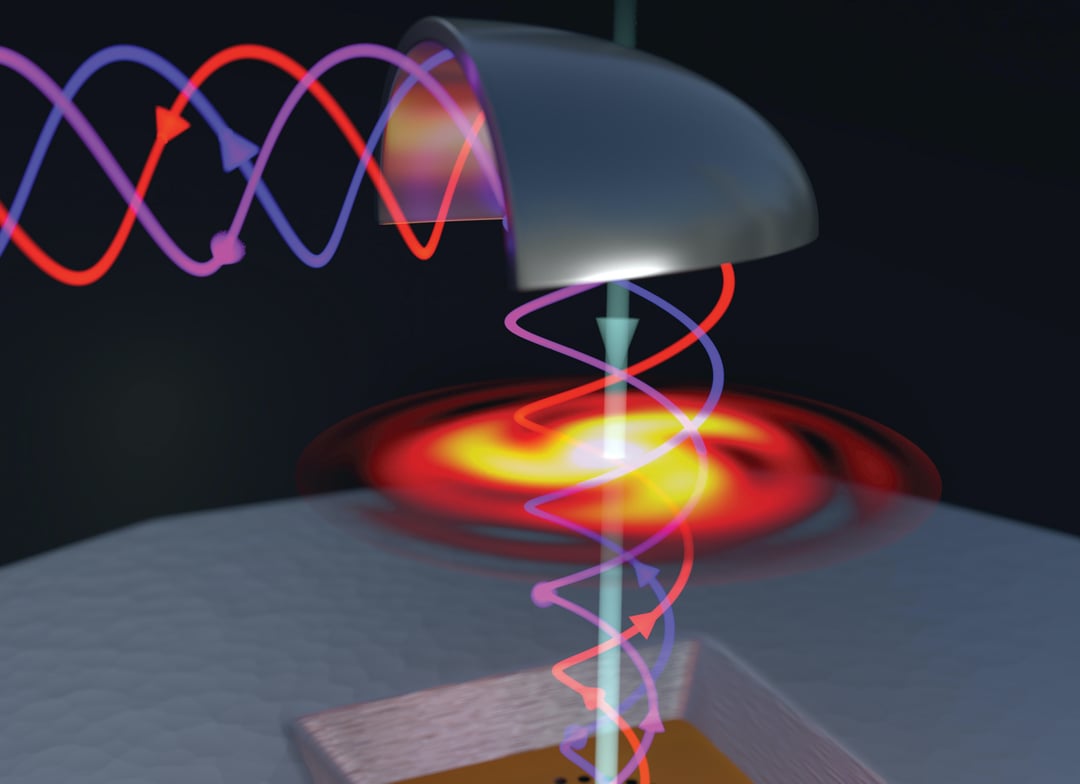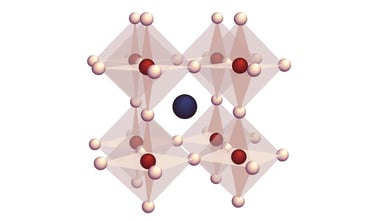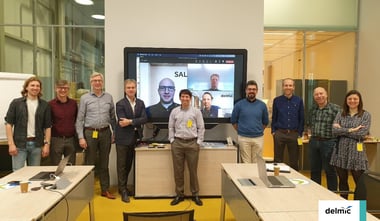Electron-driven radiation is commonly used for a range of applications including the detection of charged high-energy particles, studying plasmons, and more . Recent interest in metamaterial-based and holographic free-electron-driven photon sources is motivated by the demand for the generation of planar few-photon coherent sources with tailored properties.
The paper presents the possibilities of new electron-driven photon-sieve-based structures for tailoring the polarization, the bandwidth, and the directionality of photons. The researchers design and fabricate Au film-based plasmonic chiral structures made of holes, and then generate vortex light beams by exciting these structures with electrons.
In order to characterize the electron-induced radiation from the structure, angle-resolved cathodoluminescence (CL) mapping is used. The CL results show that the sieve structures indeed generate vortex beams and that the generated vortex light is broadband, covering the whole visible-to-near-infrared spectral range. The results demonstrate that it is possible to perform correlative electron-photon spectroscopy with twisted light, extending the flexibility of this approach.
Would you like to read the whole article? Please access it here.
.png)






